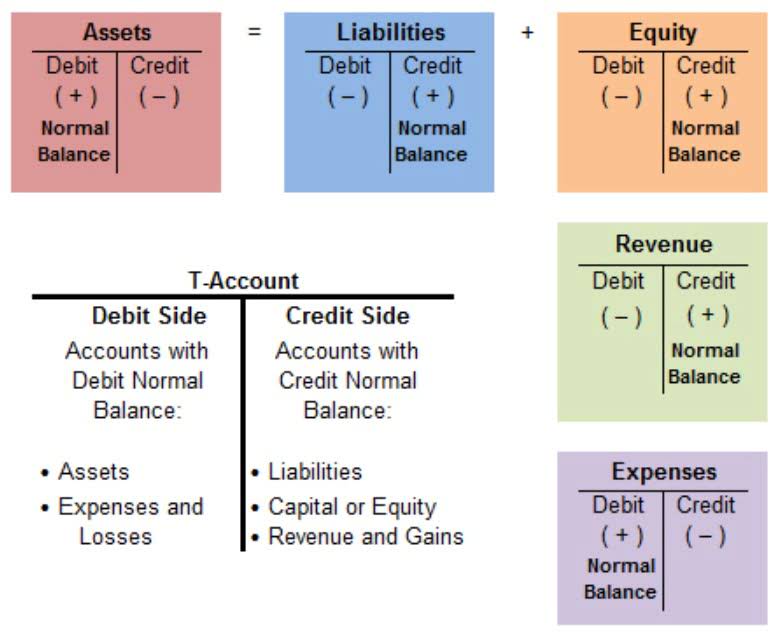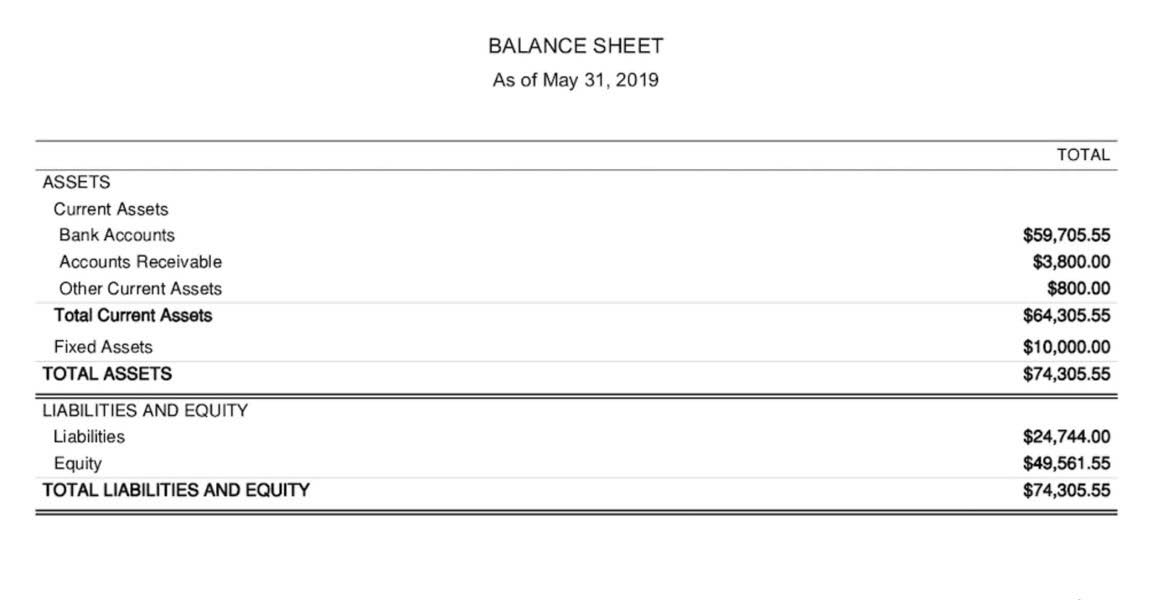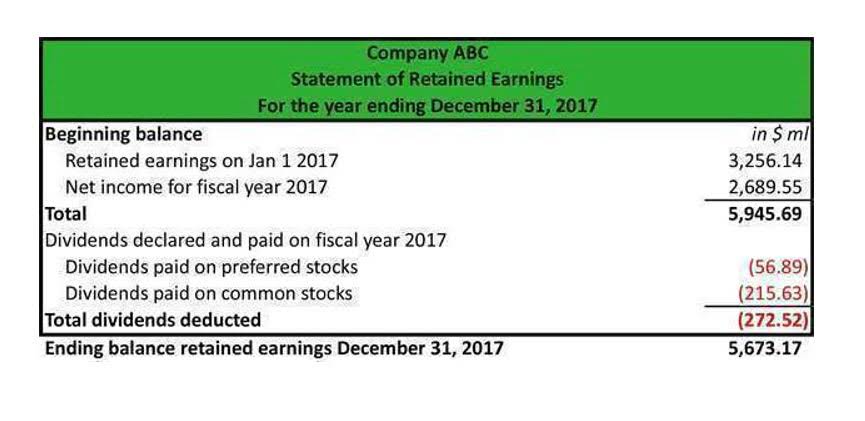
The Specific Identification Method assigns a specific cost to each inventory item, making it the most accurate method for tracking high-value or unique products. Consignment inventory allows suppliers to retain ownership of stock until it is sold by the retailer. This method reduces financial risks for the retailer, as they only pay for goods once they are sold. It’s beneficial in industries with variable demand, as it offers flexibility in managing inventory levels. This technique is particularly effective for companies with consistent demand forecasting and helps them maintain enough raw materials while optimizing inventory turnover. EOQ supports efficient inventory practices and helps businesses improve both cash flow and operational efficiency.
Safety Stock Inventory
A company purchases 100 units of a product in January at $5 each and another 100 units in February at $7 each. In this scenario, FIFO reflects the actual flow of inventory—older stock is sold first, and newer stock remains on hand. Using the FIFO method, the cost of goods sold (COGS) of the oldest inventory is used to determine the value of ending inventory, despite any recent changes in costs. For example, say a rare antiques dealer purchases a mirror, a chair, a desk, and a vase for $50, $4,000, $375, and $800 respectively. If the dealer sold the desk and the vase, the COGS would be $1,175 ($375 + $800), and the ending inventory value would be $4,050 ($4,000 + $50).

What is the FIFO Method and How Can it Be Used?
- Depending upon your jurisdiction, your business may be required to use FIFO for inventory valuation.
- After this sale, the company would have 50 units from the January purchase still in stock, valued at $5 each.
- As the price of labor and raw materials changes, the production costs for a product can fluctuate.
- So FIFO follows the same way of going with the natural flow of inventory.
- By balancing ordering prices and inventory levels, EOQ guarantees that firms order the right quantity at the right time, preventing overstocking and stockouts.
- Besides, inventory turnover will be much higher as it will have higher COGS and smaller inventory.
FIFO, or First In, First Out, is a method of inventory valuation that businesses use to calculate the cost of goods sold. FIFO results in higher profits during inflation because it uses older, cheaper inventory for Cost of Goods Sold (COGS), increasing net https://www.bookstime.com/ income. LIFO, by using more recent, higher-cost inventory, results in lower profits, reducing taxable income.
- To calculate the Cost of Goods Sold (COGS) using the LIFO method, determine the cost of your most recent inventory.
- You conduct a physical inventory and determine you have sold 120 spools of wire during this same period.
- This method is beneficial during periods of rising prices, as it results in higher COGS and lower taxable income.
- The most important benefit is that it allows a comparison between LIFO and FIFO and the ability to understand any differences, including how taxes might be impacted.
- Additionally, any inventory left over at the end of the financial year does not affect cost of goods sold (COGS).
Tax Savings and Financial Flexibility
Amanda Bellucco-Chatham is an editor, writer, and fact-checker with years of experience researching personal finance topics. Specialties include general financial planning, career development, lending, retirement, tax preparation, and credit.
- FIFO assumes that assets with the oldest costs are included in the income statement’s Cost of Goods Sold (COGS).
- Generally speaking, FIFO is preferable in times of rising prices, so that the costs recorded are low, and income is higher.
- However, when the more expensive items are sold in later months, profit is lower.
- Assume that the sporting goods store sells the 250 baseball gloves in goods available for sale.
- This calculation method typically results in a higher net income being recorded for the business.
- Later on, you purchase another 80 units – but by then, the price per unit has risen to $6, so you pay $480 to acquire the second batch.
FIFO vs. LIFO: How to Pick an Inventory Valuation Method
A grocery store will usually try to sell their oldest products first so that they’re sold before the expiration date. This helps keep inventory fresh and reduces inventory write-offs which increases business profitability. Using the FIFO method makes income summary it more difficult to manipulate financial statements, which is why it’s required under the International Financial Reporting Standards.

The FIFO Method: First In, First Out

FIFO is generally simpler to manage and complies with both GAAP and IFRS, making it a safer choice for international businesses. LIFO, while not accepted under IFRS, can be advantageous for U.S.-based companies looking to optimize their tax strategy during periods of inflation. This is why LIFO creates higher costs and lowers net income in times of inflation. But the cost of the widgets is based on the inventory method selected. Also, through matching lower cost inventory with revenue, the FIFO method can minimize a business’ tax liability when prices are declining. Businesses would use the FIFO method because it better reflects current market prices.

Check with your CPA to determine which regulations apply to your business. When you sell the newer, more expensive lifo formula items first, the financial impact is different, which you can see in our calculations of FIFO & LIFO later in this post. Michelle Payne has 15 years of experience as a Certified Public Accountant with a strong background in audit, tax, and consulting services. She has more than five years of experience working with non-profit organizations in a finance capacity. Keep up with Michelle’s CPA career — and ultramarathoning endeavors — on LinkedIn. LIFO, or Last In, First Out, is an inventory value method that assumes that the goods bought most recently are the first to be sold.
How do FIFO and LIFO impact financial statements?
In other words, the older inventory, which was cheaper, would be sold later. In an inflationary environment, the current COGS would be higher under LIFO because the new inventory would be more expensive. As a result, the company would record lower profits or net income for the period. However, the reduced profit or earnings means the company would benefit from a lower tax liability. When all 250 units are sold, the entire inventory cost ($13,100) is posted to the cost of goods sold.
